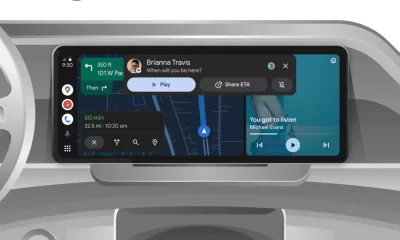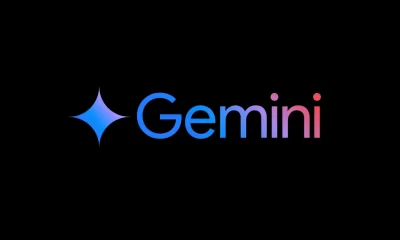Pixel 9: Enhanced setup, seamless data transfer, and satellite SOS integration
Top 3 Key Points:
- Improved Setup: Pixel 9 introduces a faster and more flexible data transfer process, including an Express setup for quick migration.
- Seamless Messaging Transfer: Google Messages now offers a carbon copy of your chat history during transfer, ensuring no data is lost.
- Emergency Satellite SOS: Pixel 9 can connect to emergency services via satellite, initially available in the US.
Google has significantly enhanced the setup and data transfer experience with the Pixel 9, making it more user-friendly and efficient. The process now allows users to transfer data multiple times without needing a factory reset, using either a cable, Wi-Fi, or cloud storage. This gives users more control and flexibility during the setup.
A standout feature in the Pixel 9 is the new Express setup, which quickly transfers only media files not backed up to Google Photos in their original quality. This reduces the overall transfer time, providing an estimate to users and ensuring a smooth setup process. For those who prefer to customize their transfer, manual selection options are still available.
Google has also completely rebuilt the infrastructure for transferring Google Messages. With the latest version of Google Messages, users can now transfer a carbon copy of their message history, either via cable or Wi-Fi, making the transition to a new device seamless and reliable.
As promised, Google is now rolling out Satellite SOS to Google Pixel 9 users in the U.S.
Satellite SOS is free for the first two years after activation.
The satellite provider is Skylo and the emergency response is handled by Garmin.
Thanks to winner00 for the screenshots! pic.twitter.com/92lBbGCjbh
— Mishaal Rahman (@MishaalRahman) August 22, 2024
Additionally, more system settings, permissions, and notification preferences are transferred, and more apps will remain logged in during the migration process. This is thanks to Google’s collaboration with top app developers globally, reducing the need to repeatedly enter passwords and log back into apps.
Pixel 9 now supports eSIM transfer during setup for select carriers, adding another layer of convenience. While Google had previously prioritized wireless data transfer, the Pixel 9 will now recommend switching to a cable if Wi-Fi transfer speeds are expected to be slow. However, the wireless transfer process itself has been improved for greater speed and reliability.
One notable innovation is Transport Multiplexing, a feature that combines wired and wireless methods to accelerate data transfer, surpassing the speed of using either method alone.
The Pixel 9 also introduces a feature similar to Apple’s Emergency SOS via satellite. Now, users can connect to emergency services when they are outside of network coverage. Initially available in the US, this Satellite SOS feature requires Google Messages to be set as the default messaging app and can be accessed via the Safety & emergency menu in settings.
When using Satellite SOS, users must answer questions to ensure they receive the appropriate assistance. Once connected, the phone will share vital information, including your location and emergency contacts, with the relevant services. Google is offering this service free for the first two years, though future pricing is yet to be disclosed.
This satellite connectivity is powered by Google’s partnership with Skylo, with Garmin handling the emergency responses. While this feature is currently exclusive to the US, it is expected to expand to other regions soon. However, older Pixel models are unlikely to receive this update due to hardware limitations, making the Pixel 9 a standout in terms of connectivity and safety features.
Google Meet gets a fresh new look with Material 3 design

Google Meet is getting a big update to its look, thanks to the new Material 3 design. This change brings a cleaner and more modern style to the video calling app, making it easier and more enjoyable to use.
With Material 3, Google Meet now has rounder buttons, softer colors, and better spacing between elements. The main controls, like the microphone, camera, and end call buttons, are now larger and easier to tap. The icons and text are also clearer, which helps users find what they need quickly during a call.
Another improvement is the new “expressive” color system. This feature lets the app’s colors match your device’s wallpaper or theme, giving each user a unique and personalized experience. The changes also make Google Meet more accessible, as the new design is easier to read and use for everyone, including people with vision difficulties.
These updates are rolling out to both web and mobile versions of Google Meet. Google says the new look will help people feel more comfortable and focused during their meetings. Overall, the Material 3 update makes Google Meet not only look better but also work better for all its users.
Android
Easy ways to change Android Auto’s look with light and dark themes
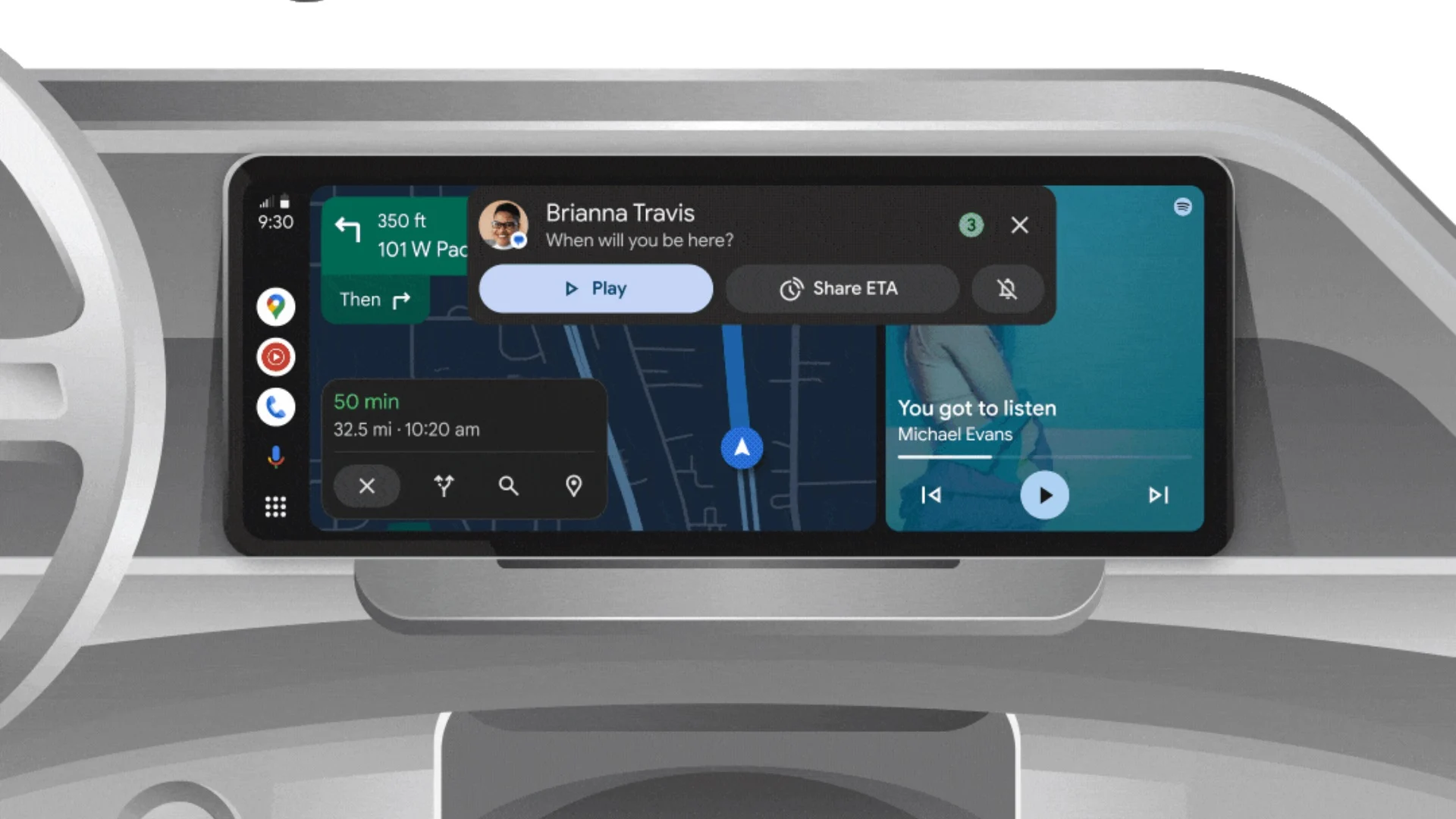
Android Auto is a helpful tool that lets you use your phone’s apps safely while driving. It connects your phone to your car’s screen, making it easier to use maps, music, and calls. One of the features many people like is the ability to change how Android Auto looks by switching between light and dark themes.
How to switch between light and dark themes
Android Auto offers two main themes: light and dark. The light theme uses brighter colors, which can make the screen easier to see during the day. The dark theme uses darker colors, which can be more comfortable for your eyes at night or in low light.
To change the theme, follow these steps:
- Open the Android Auto app on your phone.
- Go to the settings menu.
- Find the “Theme” option.
- Choose between “Light,” “Dark,” or “Set by car” (this lets your car decide the theme based on the time of day or your car’s settings).
Why themes matter
Using the right theme can make driving safer and more comfortable. The light theme is good for bright days, while the dark theme helps reduce glare at night. Having these options means you can pick what works best for you, making Android Auto easier to use in any condition.
In short, Android Auto’s theme options are simple to use and help you drive more safely by making the screen easy to see, no matter the time of day.
Google Drive and Files by Google get fresh updates for easier use

Google is rolling out some helpful updates to two of its popular apps: Google Drive and Files by Google. These changes are designed to make managing your files and watching videos much smoother.
First, Google Drive is getting a new video player. Now, when you upload a video to Drive and open it, you’ll notice a fresh look that matches Google’s latest design style. The controls, like play and pause, are easier to use and look cleaner. This update makes it simpler to watch videos directly in Drive without needing to download them first.
Meanwhile, the Files by Google app is also getting a makeover. The app is adopting Google’s Material 3 design, which means it looks brighter and more modern. The buttons and menus are easier to see and use, making it simpler to find, move, and organize your files. There are also new color options and improved icons, so everything feels more user-friendly.
Both updates show Google’s commitment to making its apps more helpful and enjoyable to use. Whether you’re watching videos in Drive or sorting files on your phone, these changes aim to save you time and make things less complicated. If you use these apps, keep an eye out for these new features—they should arrive soon!
-

 Apps1 year ago
Apps1 year agoGboard Proofread feature will support selected text
-

 News1 year ago
News1 year agoSamsung USA crafting One UI 6.1.1
-

 Apps12 months ago
Apps12 months agoGoogle Contacts app testing new Besties Widget
-
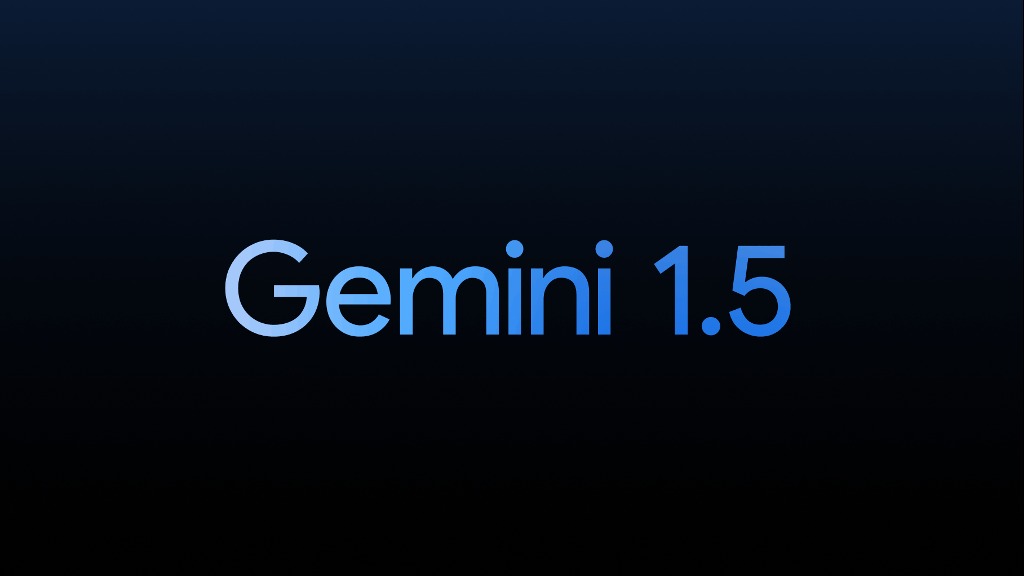
 AI12 months ago
AI12 months agoGoogle Pixel 9 Pro may come with a complimentary one-year Gemini Advanced subscription
-

 News1 year ago
News1 year agoBreaking: Samsung Galaxy S22 may get Galaxy AI features
-

 Apps12 months ago
Apps12 months agoGoogle working on a new video editing feature for its Photo app
-
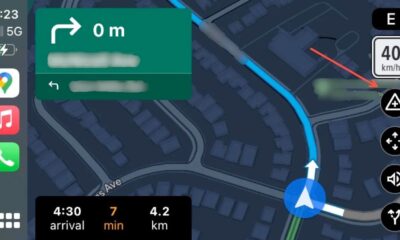
 Apps12 months ago
Apps12 months agoGoogle Maps lets you report traffic jams and accidents on Apple CarPlay, but not on Android Auto
-

 Apps12 months ago
Apps12 months agoGoogle Messages app will transform MMS chats into RCS



